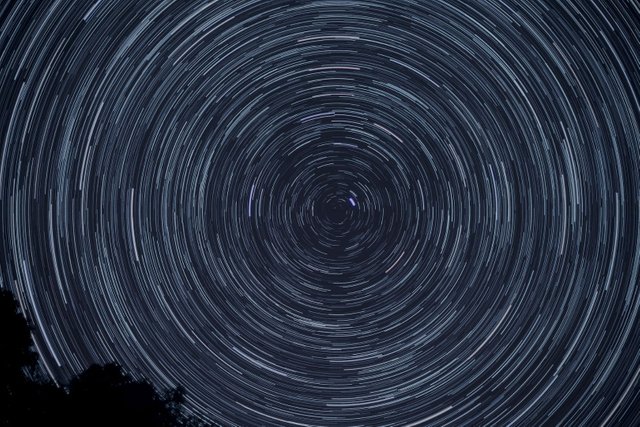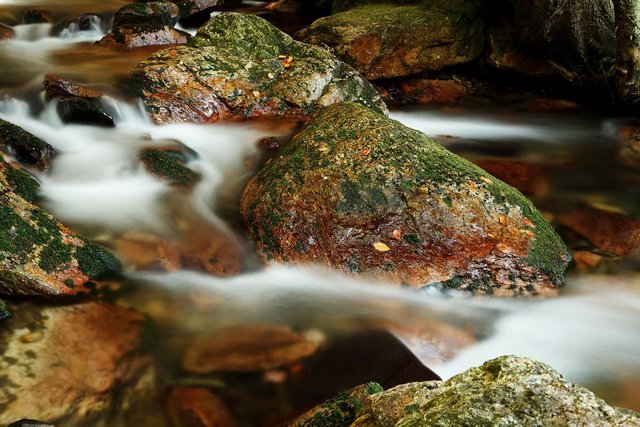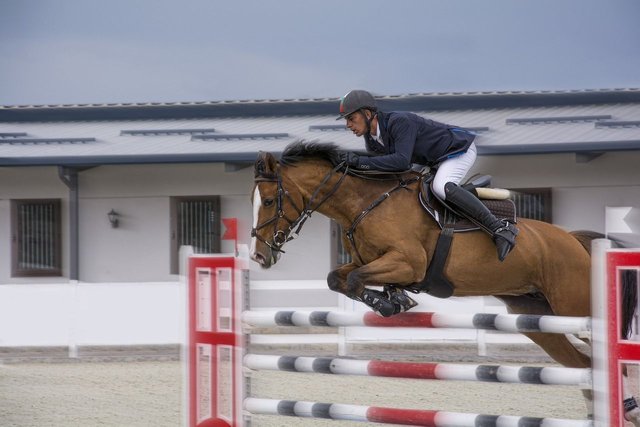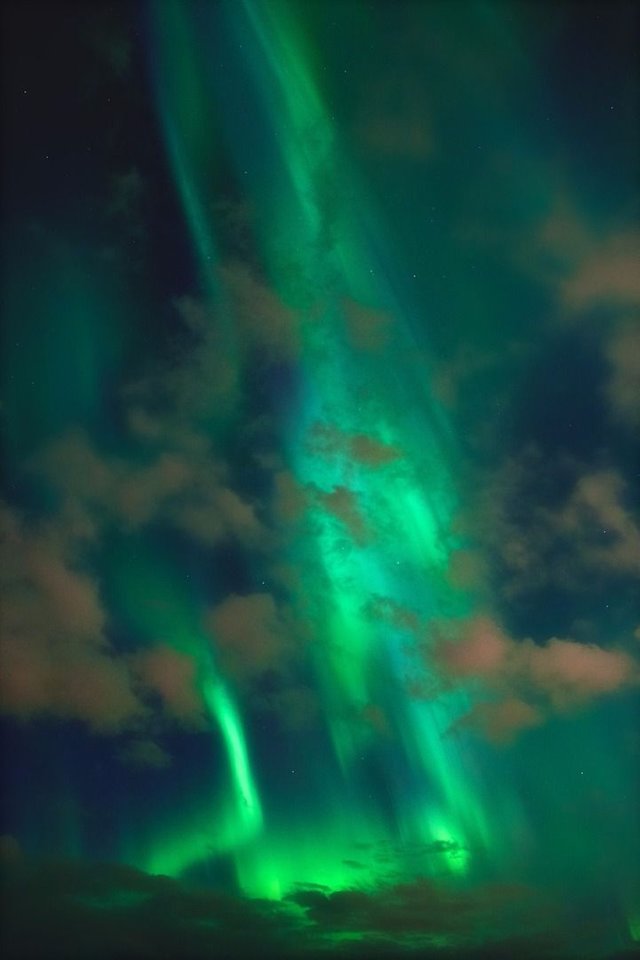Photography Basics—1b —The Exposure Triangle: Shutter Speed

This post is # 1b in a series of short lessons designed to give you total control of your camera.
The good news:
Shutter speed is way easier to wrap your head around than aperture.
With aperture you have to deal with DOF and the counter-intuitive nature of f-stop numbers. (Don’t forget, lower numbers means bigger opening and less DOF).
Things are a lot more straightforward when it comes to shutter speed. I mean, just by the name you can probably guess what we’re talking about.

Shutter Speed
From Wikipedia
In photography, shutter speed… is the length of time when the film or digital sensor inside the camera is exposed to light, also when a camera's shutter is open when taking a photograph.
Think of it this way: Inside your camera is a little man who will draw a picture of everything he sees, as soon as he’s done seeing it. When the shutter is closed, the man can’t see anything. But when you take a picture, the shutter flies open, the man sees, the shutter closes, and he records everything he just saw.
In this instance, the little man is actually a sensor (or film). Hopefully you remember that when we talk about exposure, we’re actually talking about how much light we expose our film or digital sensors to.
This means the longer the shutter is open, the more light we let in, and the brighter our picture is.
Simple right?
Not that simple.
Like aperture, there is a trade-off when it comes to adjusting shutter speed: the crispness of your image.

When you open the shutter, the sensor doesn’t know exactly what you’re trying to take a picture of. All it can do is record everything it sees. So if a camera is moved even slightly while the shutter is open, it records every movement the camera makes.
Imagine holding a pencil on a piece of paper. At first you’ll only get one dot. But what would happen if you moved that piece of paper around without taking the pencil off? You would record everywhere the pencil touches.
Likewise, even if your camera is perfectly steady, if something is moving in an image while the shutter is open it will record that movement. Using the above analogy, it would be like moving the pencil across the paper. See how the rock are in focus in the above picture, but the water is blurry? That's because the photographer used a slower shutter.
It’s the same with photographs, except instead of pressing pencil to paper, you are pressing light and colour to a sensor.
So how can we use shutter speed?
Mastering the concept of shutter speed opens up a world of creative choices for photographers.
Let’s say you wanted to give people a sense of how fast something is moving. You can achieve the feeling of motion in photographs by using a longer shutter speed.

Notice the slight blur in this picture, and how it gives you the impression that horse and rider are moving very fast.
Maybe you want to lock action in place to highlight a defining moment, you can do this by using a fast shutter speed.

Notice how everything is crisp and clear in this photo?
Perhaps you want to capture something that can’t really be seen with the naked eye.

This is how photographers are able to create those awesome night shots, when most photos you take on automatic just look like blobs. In fact, cameras are so good at seeing light, they can often pick up things the human eye can't.
For instance, the Northern Lights never look this bright in person. However, by using a tripod to stabilize the camera, photographers can soak up tons of light. Ever seen those amazing pictures of the milky way? That's how they do it.
Fin
Hopefully you're again beginning to see some of the challenges that playing with shutter speed bring about. What happens if you have a fast moving subject in low light? How do we balance aperture and shutter speed?
All this and more will be talked about over the next two lessons, as we finish off the exposure triangle and put it all together.
Recap
- Shutter speed is how long you expose your camera’s sensor to light
- Longer shutter speeds let in more light
- Shorter shutter speeds let in less light
- Any movement while the shutter is open creates blur
- This movement could be from your camera, or your subject
- Cameras are better at picking up light than we are
Recap from Lesson 1a
- Exposure in photography relates to how much light you let hit your camera's sensor or film
- An aperture is an iris inside your camera
- It controls the amount of light let in, necessary for exposure
- It also effects the depth of field
- Depth of field is how much of a photograph is in focus
- We call aperture settings f-stops
- Low f-stop = large aperture
- Large aperture = shallow depth of field + more light
Photo 1 is of my own doing. Everything else was taken from pixabay, because I'm horrible at organizing my stuff.
Oh how I've longed to see your bouncing balls on my post Randy.
Thanks a ton for your support!
Yeah, i have messed about with shutter speeds, but i dont think my camera is up to the job.